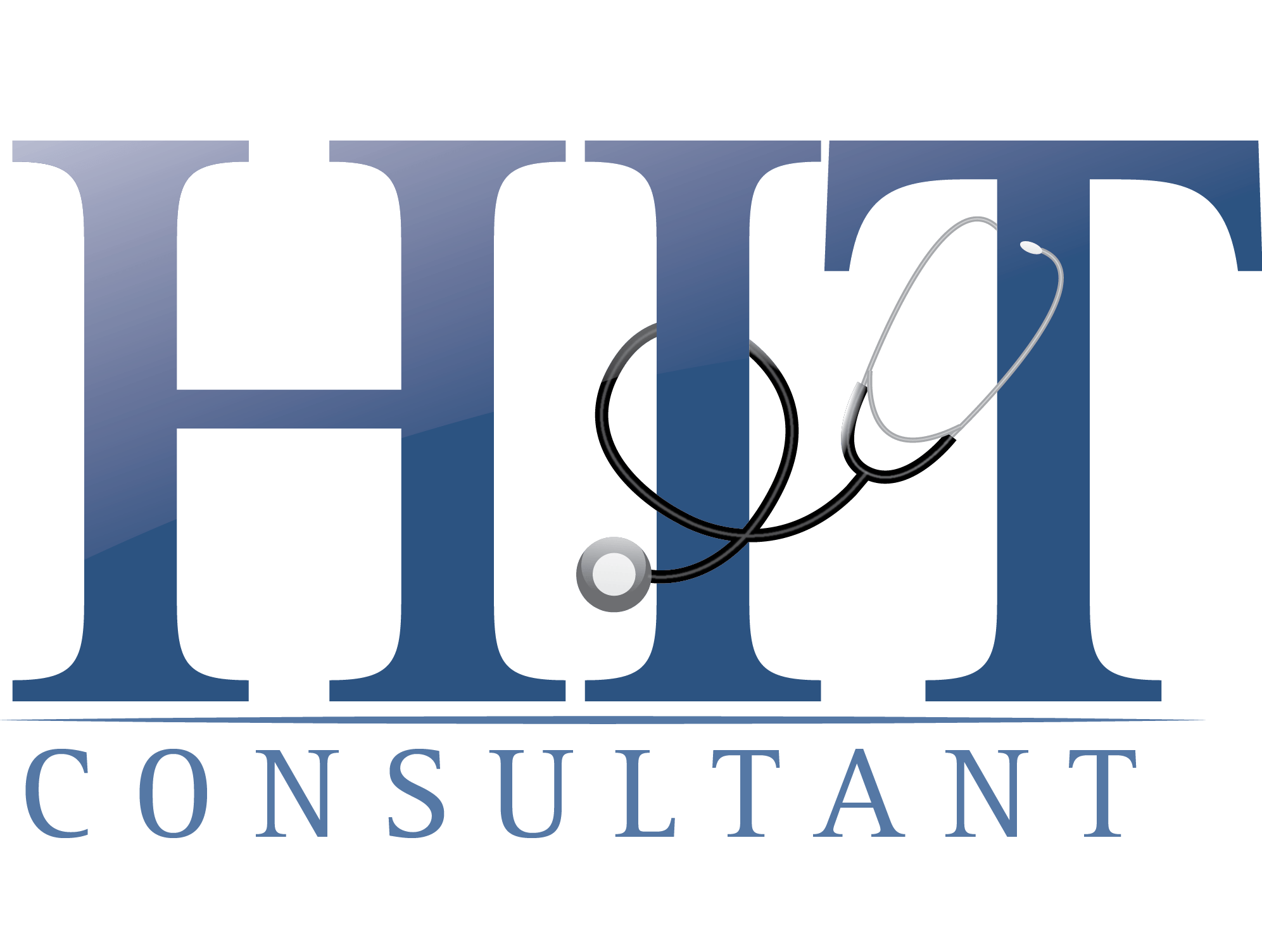
On Friday, September 19th, the Advisory Committee on Immunization Practices (ACIP) postponed its vote on the hepatitis B birth dose. Since 1992, American newborns have received this shot automatically at birth. ACIP has signaled that it plans to delay hepatitis B vaccination until at least one month of age.
Change is overdue, but this proposed change would represent the worst of both worlds. Giving the birth dose to all kids is problematic, but it means the few who actually need it are certain to get it. Moving it to one month removes this safety net for the 1%, while also continuing to expose 99% of infants at no risk of hepatitis B to the potential adverse effects of the vaccine. It does nothing to address the real drivers of hepatitis B infection in the U.S. The right fix would be a combination of targeted vaccination in newborns, adolescent outreach that would align with risk, and addressing U.S.-specific root causes.
Hepatitis B infection in the U.S. is an adult disease, and the most common route of acquiring infection is through intravenous drug use (IVDU). So why was the birth dose initiated?
The primary justification for the universal hepatitis B birth dose was to protect that small number (less than 1%) of U.S. pregnancies that involved a mother with chronic hepatitis B. In 1991-92, the CDC estimated that there were ~22,000 pregnant women with chronic hepatitis B in the U.S., and without intervention, ~6000 (27%) were at risk of perinatal infection. After more than 30 years of universal newborn vaccination, the number of infants born each year to mothers who are positive for hepatitis B is ~18,000, and ~200 (~1%) go on to develop chronic infection.
A secondary goal of universal hepatitis B vaccination assumed that a birth dose would confer lifelong immunity and would protect adults from IVDU-acquired infection. We now know that antibodies fade within 15 years of vaccination for most, and there is no meaningful protection from vaccination in infancy that remains for adults who are at risk.
The idea that universal vaccination would provide community protection was flawed from the start. Most pregnant women with chronic hepatitis B in the U.S. are immigrants from countries where the disease is endemic and were already infected on arrival; a much smaller number of women in the U.S. become infected through IVDU. Hepatitis B in pregnancy in the U.S. is limited to difficult-to-reach populations who often lack access to timely prenatal care.
The policy has “worked” and so why not keep it in place? It acts as a safety net for underserved children, and thousands of cases of chronic hepatitis B have been prevented. But the millions of unnecessary shots given to the 99% of children at no risk have come at a cost. Hundreds of families have received federal compensation for a child’s death or serious disability following hepatitis B vaccination.
Universal vaccination for hepatitis B in the U.S. is ethically dubious, medically misaligned, and has eroded trust in the vaccine schedule as a whole. But moving the hepatitis B dose to 1 month of age makes no sense. It would remove protection for vulnerable infants, still expose 99% of infants who are not at risk of Hepatitis B to the risks of the vaccine, and do nothing to protect adults who are at the highest risk of new infection.
This is a missed opportunity to build a better system. An evidence-based, compassionate approach would address root causes, leverage technology, and align vaccination timing to risk.
What would that look like? First, most birth-acquired hepatitis B infection is driven by immigration from endemic countries. Adding hepatitis B testing to immigration medical evaluations would identify all infected family members—adults and children—and connect them to care. Blood testing is already standard at entry, and this would not require new infrastructure.
For women at risk due to IVDU, current technology makes better targeting and identification possible. Women who use injection drugs often encounter the health system for overdoses, injuries, and infections. Those encounters—and existing default HIV and hepatitis C in emergency departments (at-risk patients are automatically tested unless they opt out)—could easily be expanded to include hepatitis B. Systems in the early 1990s still depended on paper charts, but current electronic records could capture this information and automatically flag risks.
While technology must be part of the solution, medical records are imperfect, and prenatal results may not always be available at delivery. It is important that any new system continue to protect infants at risk. Hospitals should follow a simple rule to ensure at-risk children are not missed: If the mother is positive or her status is unknown, the newborn receives hepatitis B immunoglobulin plus vaccine within 12 hours of delivery. Only a documented negative test from the current pregnancy should allow an exception.
To the extent that universal hepatitis B vaccination is considered, it would make sense to move it to adolescence. A pre-high school “risk” visit would align with both a common healthcare touchpoint. It could link vaccination with discussions about risk factors for teens entering periods of real vulnerability, with an intervention that could protect them as adults. That said, even in adolescence, Hepatitis B is not a disease that requires universal vaccination, but one that should be targeted and offered to at-risk populations.
The hepatitis B policy of 1992 was born of administrative convenience; in 2025, we have the data, the technology, and the clinical infrastructure to do better. Real reform would protect infants truly at risk, link mothers to care, and align vaccine timing with risk. Ending the birth dose is necessary. But moving it to one month is not leadership—it is delay dressed up as reform.
About Monique Yohanan, MD, MPH
Monique Yohanan, MD, MPH, is a senior fellow at Independent Women, a physician executive and healthcare innovation leader, and Chief Medical Officer at Adia Health.

